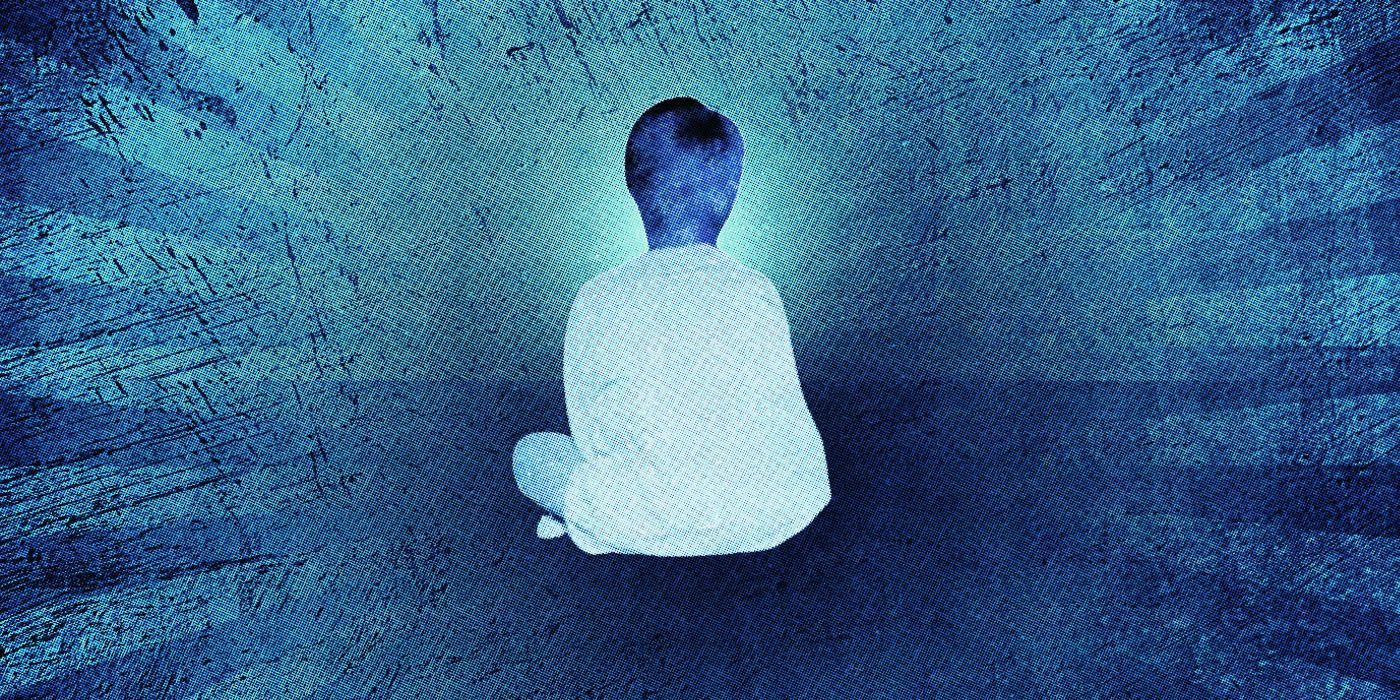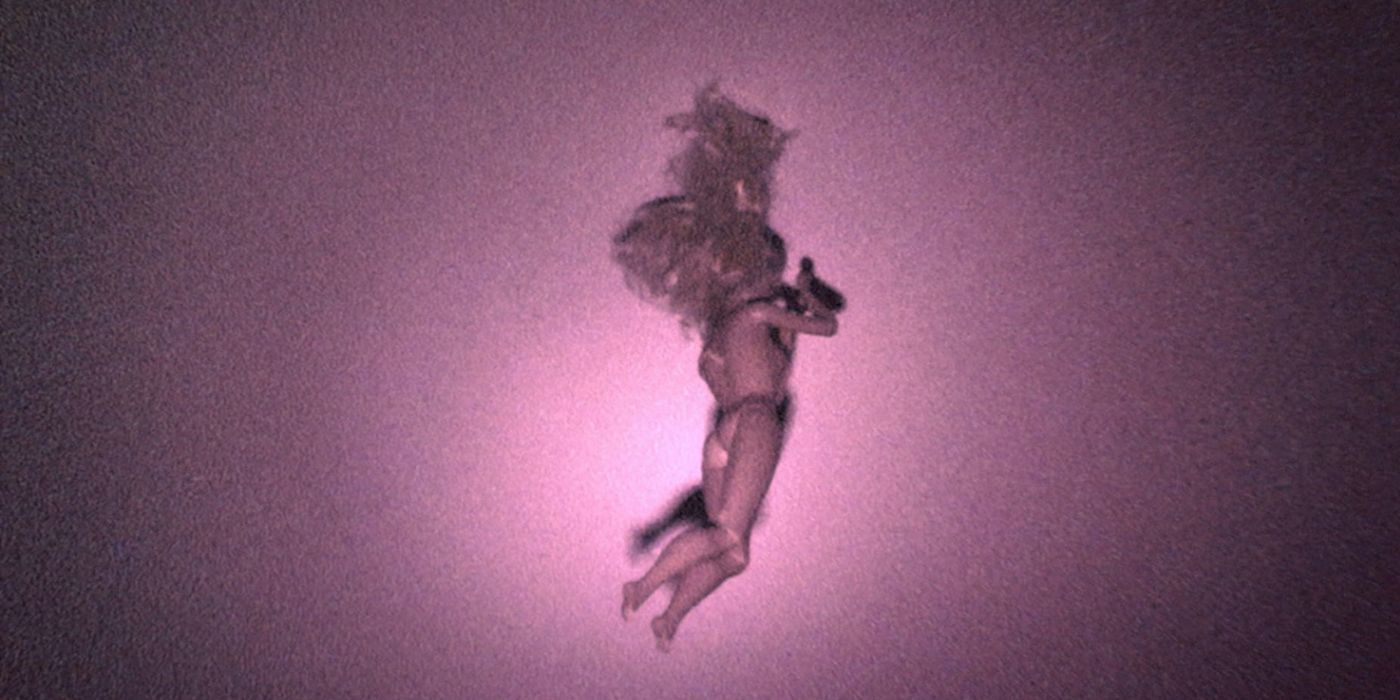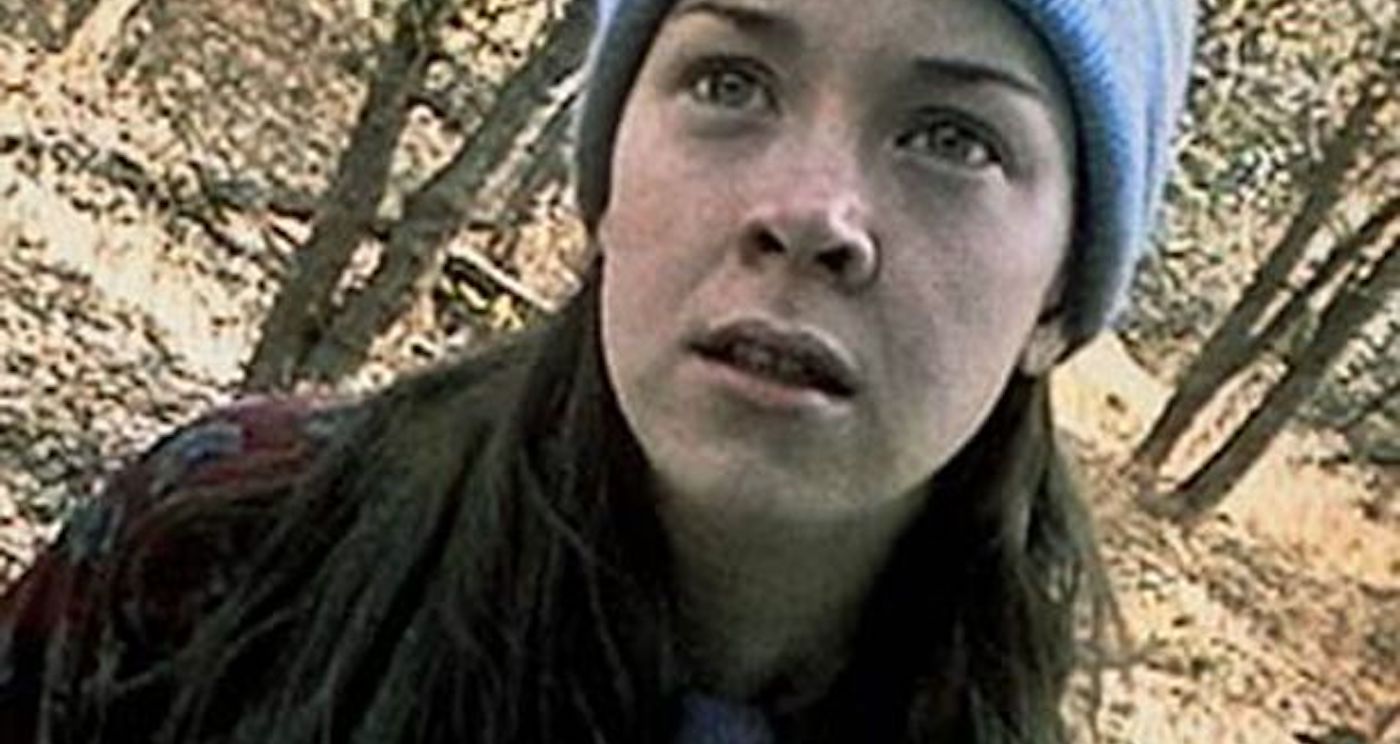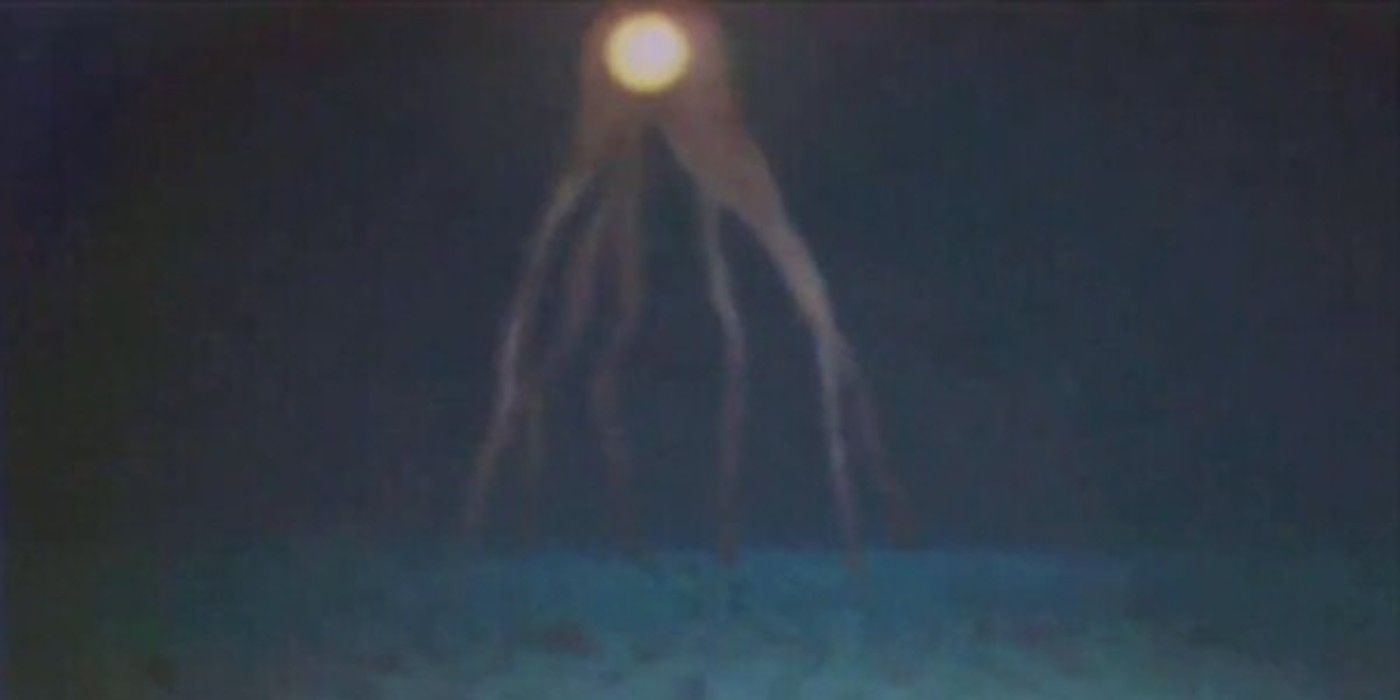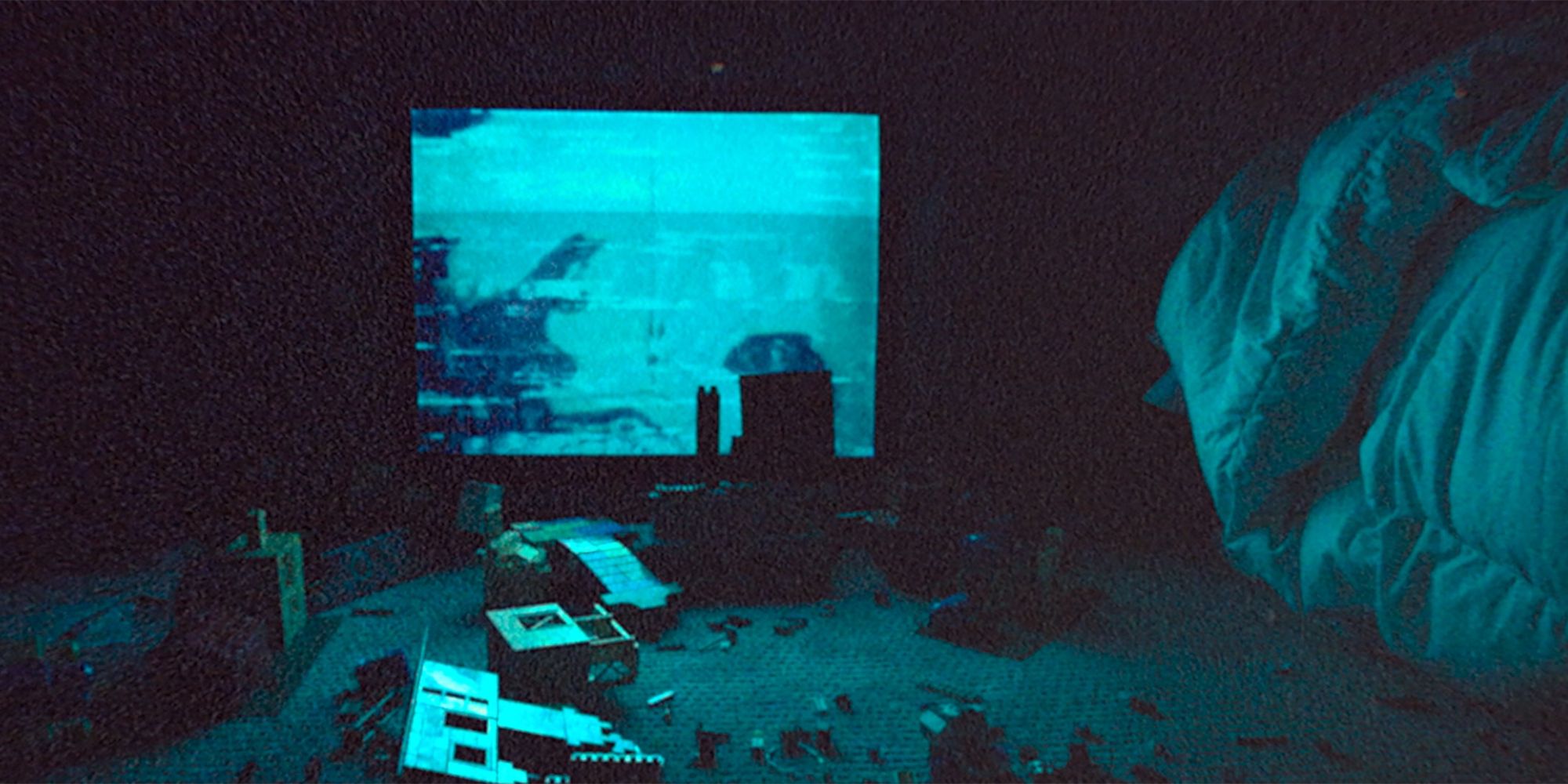Horror is made up of a multitude of subgenres like the slasher genre, psychological horror, and supernatural horror, but one of the more recent ones to come along and haunt peoples' dreams is analog horror. Defined by its low-grade video and harsh audio quality, as well as bizarre and cryptic stories, analog horror has quickly come up in the internet age as an incredibly niche yet super effective corner of the genre. While there are not too many analog horror feature films that have come along yet, the internet has been filled with a number of web series, short films, and videos that play within its parameters, booming the popularity of this subgenre early in its life. Being that it is a subgenre in its infancy, there is still plenty of room to grow and expand upon to see what analog horror is capable of. With the recent release of the hit indie-horror film Skinamarink, it seems as though this form of terror is more alive, filled with potential, and rawer than ever.
What Is Analog Horror?
Analog horror is a subgenre of horror that mostly resides and is told within short films and videos on the internet, but it also has broken its way into video games and feature films. These are stories made to seem as though they are being told by means of late 20th-century technology like old and warped VHS tapes, retro video games, cassette recordings, you get the idea. While very similar to found footage, these two are more like brother-sister subgenres. Found footage is entirely told from the first person and can do so in any variance in video and audio quality, shot on old film or HD cameras. Analog horror is much more specific in its stylistic choices and narrative ideas. Usually, disturbing images and cryptic messages are found beneath layers of distorted footage and sound, making the experience of analog horror a disorienting one. Coming in the forms of commercials, educational tapes, and other forms of produced media, analog horror is made to prey on your fears by means of nostalgia. It's a subgenre that attempts to twist feelings of the familiar into something bizarre and inhuman.
How 'The Blair Witch Project' Impacted Analog Horror
Even though analog horror has really found itself in the internet age, its roots go all the way back to the 1990s. While 1999's The Blair Witch Project can not exactly be labeled as analog horror, it did set a precedent for the stylistic and emotionally disturbing qualities of these stories. The film is shot on both VHS tapes and grainy black and white 16mm, with the nighttime scenes being particularly difficult to see what exactly is going on through the shoddy image quality. Not only did the film itself lay the groundwork for the genre's visual language, but its marketing did as well. The filmmakers behind The Blair Witch Project built up hype for the film by trying to fool people into thinking the film was real. Missing person posters and fake police reports were created and shared all over the internet to build up suspicion as to whether the film's contents were real or not. This all was in service of the story of three college filmmakers going out into the woods of Burkittsville, Maryland to find the mythical Blair Witch - an object of a fake urban legend made for the film itself. This approach to creating what feels like a long-lived urban legend is now a staple for modern filmmakers working in analog horror - just another way that The Blair Witch Project set the stage for things to come.
What the Internet Has Done for Analog Horror
As we moved out of the 20th century and the internet became more present in our lives, tons of filmmakers found ways to make our nostalgia for yesteryear terrifying. Analog horror is a subgenre that is not only super cheap and affordable for artists to work in, but also perfect to be distributed online. Various web series have popularized analog horror and made it into what it is today. Shows like Gemini Home Entertainment, The Mandela Catalogue, and Local-58 are all analog horror series that helped create the modern definition of what this subgenre has to offer. The subgenre has even found popularity on social media platforms like TikTok and Instagram, where now more people than ever have begun making these eerie, disturbing videos. Analog horror also does not just simply play out on the internet in the form of videos and short films, it also does so in the form of memes and still images. It's a fantastically diverse medium for horror that, while it seems restrictive narratively and stylistically, is wildly approachable for anyone and everyone to come play in.
'Skinamarink' Is a Perfect Representation of Analog Horror
Feature films are a mostly untapped territory for analog horror. Films like The Blair Witch Project, Ringu, and The Last Broadcast are a few of the films that helped set the foundation for the subgenre to come, but could not be 100% classified within its parameters. This is where Skinamarink comes in, a brand-new film that is very clearly informed and in conversation with a history of analog horror. Before his jump to directing his first feature, Kyle Edward Ball previously ran the YouTube channel Bitesized Nightmares. Here, Ball made videos inspired by stories of nightmares that his viewers had, then told through the familiar, disturbing-yet-nostalgic frame of analog horror. This proved to be a great practicing ground for him to work in, providing plenty of room for him to eventually move into feature film territory.
Skinamarink is an absolute nightmare of a film. It's claustrophobic, dark, lit by a TV and a few flashlights, lonely, and yet, feels so familiar. It's got a feeling that most can identify with from their childhood, one of being up in the middle of the night and watching TV with no parents around. You're left wondering what exactly could be going on in corners that the TV's light does not reach, which is honestly most of the house that the film takes place in. The use of children's toys, cartoons on the TV, and miscellaneous 90s home imagery add even more to the film's relatable nature. This is all Ball setting the audience up to have the feeling that they should be feeling comfortable with the setting of the film when really they know that everything is deeply wrong. The film's burnt-out fuzzy visuals and static-y sound design add the element that you're watching something shot on a busted-up and worn-out VHS tape that you found in your parents' attic. Aesthetic aside, the faces that you see in this movie feel like all-time screen grabs not only for the halls of analog horror, but the horror genre in general. Skinamarink rocks, a true face on the Mount Rushmore of this subgenre. And for fans of this film that haven't seen it yet, Ball's original short film Heck, which inspired his feature, is available on his YouTube channel, containing all of its eventual trademarks.
Analog horror may be in its early days, but it shows great potential for scaring the absolute life out of viewers everywhere for years to come. If you haven't taken the dive into everything that this odd corner of horror has to offer, there's no shortage of it on the internet. Sometime soon, when it's late at night, go ahead and get comfy, a little nostalgic, and totally unnerved by digging into the bizarre world of analog horror. It'll take you down a memory lane that you'll wish you never went down.

